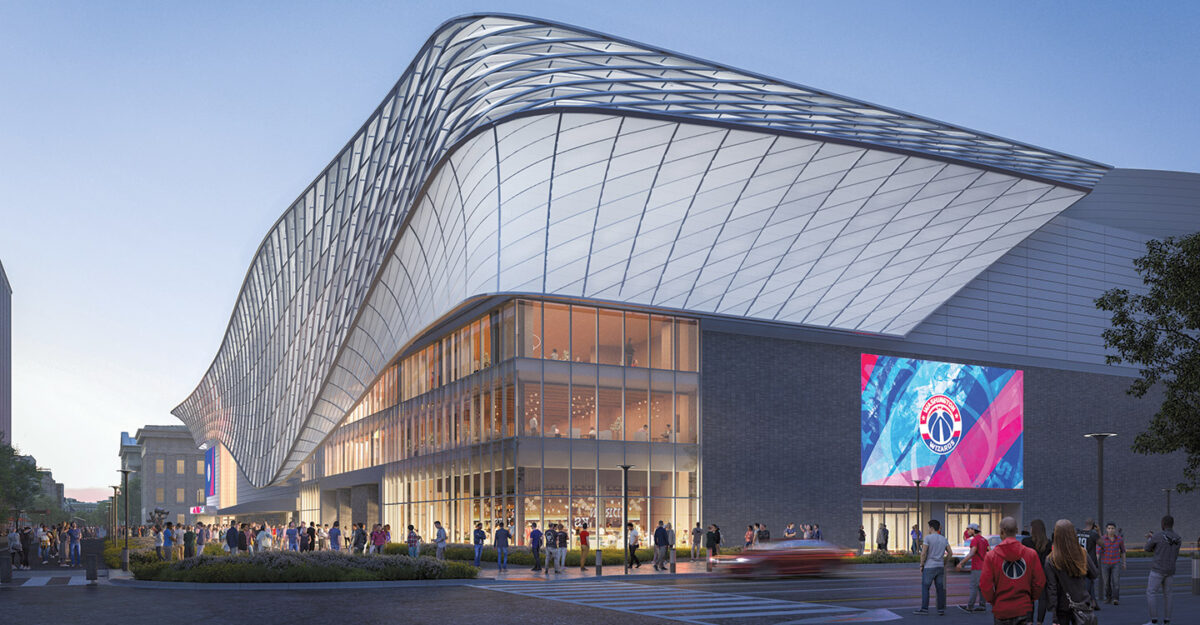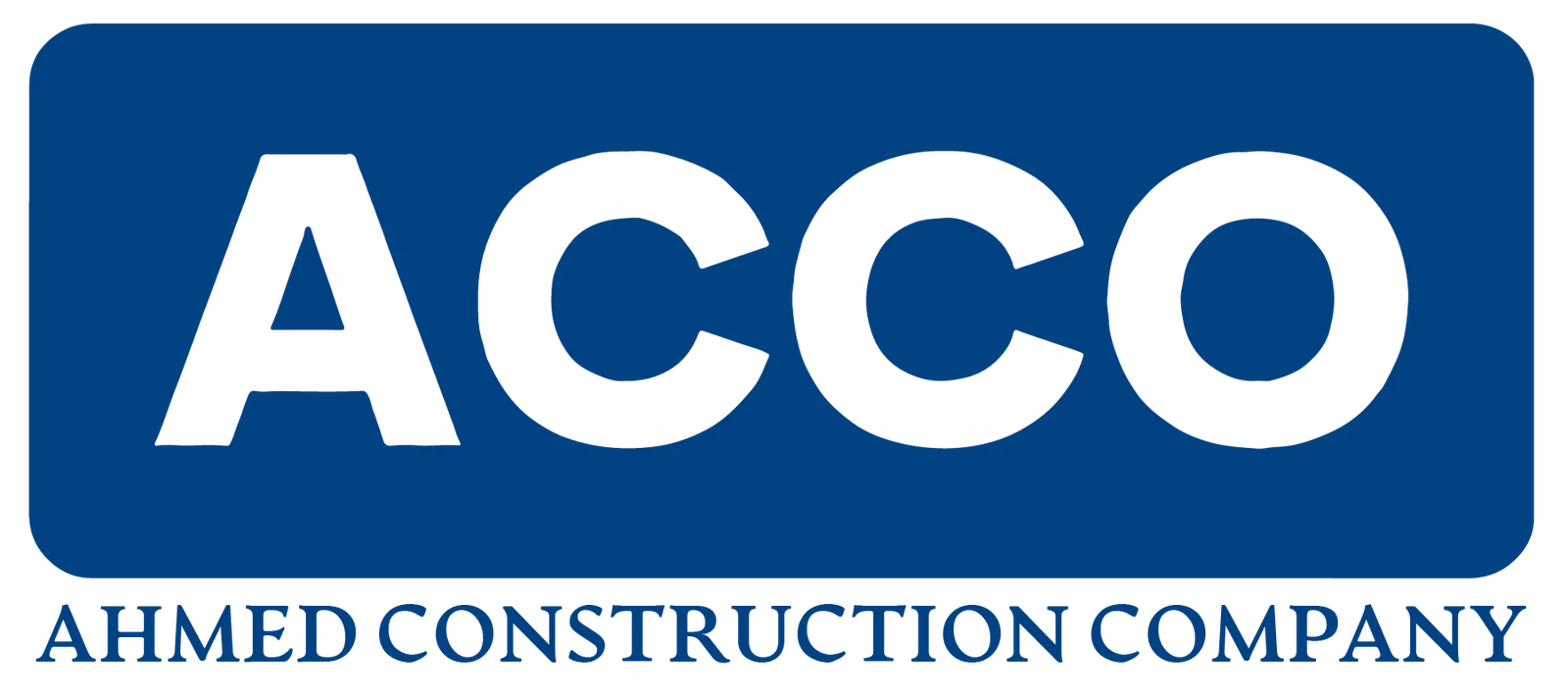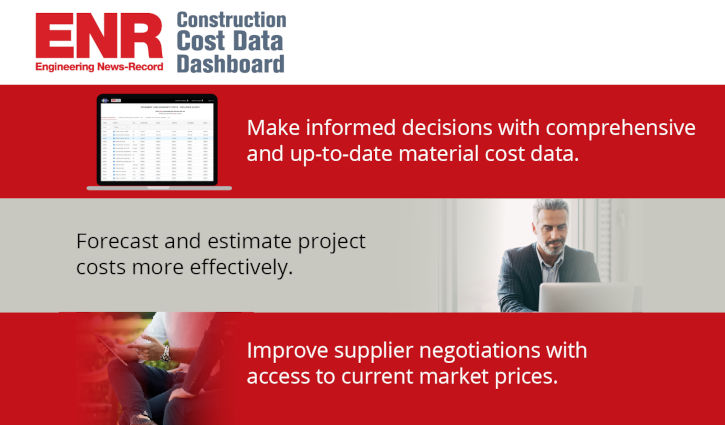
The ENR Top 500 Review +: Firms Lean into Design Flexibility as Tariff Uncertainty Takes Hold
The launch of the Trump administration’s “America First” agenda had a rocky start as its sweeping tariff announcements tanked stock markets worldwide. Although the full scope of tariffs has since been paused, ripples of economic uncertainty have remained and roiled the design market, say ENR Top 500 Design Firm ranked companies.
“Given the evolving nature of these policies, it’s difficult to anticipate all the impacts fully,” says Tim Rock, co-president and COO of Gannett Fleming TranSystems. The company is focused on remaining “agile and positioned to respond” to changing market conditions, he says.
With some economists heightening recession warnings, many Top 500 firms say their clients have opted to take a wait-and-see approach.
“We expect ‘America First’ may likely increase costs for materials that aren’t readily available from domestic suppliers,” says Doug Shatto, president and CEO of Lochmueller Group Inc. “This will have a negative impact on our pipeline as project costs will escalate, causing owners to scale back, delay or cancel some projects.”
He adds: “We’ve already seen that happen to some extent, as contractor bid costs have escalated in the last three to four years due to high demands and a shortage of workers.”
Behind the Numbers
Domestic revenue in 2024 for Top 500 Design Firms increased 7.9% to $126.1 billion. International revenue rose 3.3% to $21.7 billion.
Of 473 firms that filed both this year and last, 83.9% reported an increase in revenue. The Top 10 firms accounted for 32.8% of total design revenue, slightly down from a 34.8% reading in last year’s survey. Median firm revenue rose to $97 million in 2024, up 9.4% from 2023. Median revenue for firms self-identifying as architects only showed stronger growth, up 16.6% to $68.1 million.
Beyond revenue numbers, some firms say they have reconfigured their operations to better serve the sectors where they generate the most business.

Cover image from ENR archives; Cover illustration by Aaron Stouffer, Post & Beam, postandbeamaz.com
“We made significant investments in our client portal, which gives clients visual, real-time data on demand for all of their projects,” says M. Gayle Packer, president and CEO of Terracon. “We invested in our drilling fleet with expanded exploration capabilities and are leveraging our historic data in increasing ways.”
Ardurra has improved its ranking on the Top 500 list with several acquisitions, adding 225 employees last year following its purchase of W.K. Dickson & Co., a multidisciplinary infrastructure consulting firm based in Charlotte, N.C.
Despite challenges such as inflation and market volatility, “our overall workload continues to grow firm-wide, and recruiting qualified talent remains a top priority,” says Ernesto Aguilar, Ardurra president and CEO.
Still, uncertainty looms, says Perkins Eastman’s Shawn Basler, Co-CEO and executive director. “While uncertainty is nothing new, the increase in project stops and starts and rising interest rates, coupled with unpredictable changes within the government, are impacting our clients and project funding,” he says.
Finding the Right Talent
Top 500 Design Firms overwhelmingly named finding and retaining talent a top priority. For many firms, that includes building relationships with skilled labor pools to ensure projects can be sufficiently staffed to move forward.
“Given the skilled manpower resource crunch, finding qualified and skilled staff is the most significant challenge for us. This resource issue leads to insufficient project staffing, delays, higher costs in our industry and a negative impact on firmwide profitability,” says AI Engineers Inc. President and CEO Abul Islam.
Overall, WSB COO Jon Chiglo says the design market is seeing the continued effects of some education programs deprioritizing careers in STEM.
“While technology is helping to bridge the gap, without key subject matter experts driving progress, projects cannot be evaluated or designed, and without field workers, projects cannot be built,” he says. “We need more planners, earth scientists, engineers and field staff. Technology will be a tool to assist our staff, not replace them.”
As priorities, technology and resources shift, NORR President and CEO Brian
Gerstmar says there is a feeling of “everything, everywhere, all at once” when it comes to industry challenges.
“We see a three-punch combination impacting the AEC industry: the uncertainty of the economy, adopting AI-technology that is not fully mature, and competing for tech-savvy talent,” says Gerstmar. “Changes are happening at an accelerated pace and causing disruption. We can anticipate where it is all going, but companies must be prepared to make the next move to respond to the market.”
Designing Solutions
For many Top 500 firms, ongoing market challenges are also an opportunity to lean into innovative solutions.
“The AEC industry is navigating a period of significant change, driven by evolving priorities related to the funding and delivery of infrastructure along with rapidly moving advancements in technology and innovation that bring a tremendous amount of potential,” says John Barton, a senior vice president with HNTB Corp.
Amid market volatility and uncertainty, Top 500 firms say close relationships and collaboration with project partners are important now more than ever to keep projects on track.
“In response to price and availability uncertainty, Revamp has leaned into adaptable design strategies,” says its president, Tyler Nelson. These include a focus on flexible electrical and mechanical designs that allow for multiple procurement pathways. Nelson explains that the firm achieves this by “using standardized specifications that can accommodate different manufacturers, and incorporating design elements, such as environmental buffers, to account for shifting regulatory conditions.”
Increased communication can decrease risks, says Nelson. “Regular status updates and re-sequencing conversations with clients have helped manage expectations and timelines in these times of uncertainty,” he adds. “This kind of transparency is becoming essential across the AEC industry, where unexpected delays or cost increases can quickly snowball without coordinated planning.”
At Garver, Jeff Sober, director of water services and senior vice president, says the firm sees increased demand for alternative delivery models.
“We are using this opportunity to strengthen core contractor relationships and enter into more progressive design-build opportunities,” says Sober. “Partnering together with contractors can allow some flexibility in the timing of making design decisions during the course of a project—which can help mitigate some of the uncertainty on materials.”
He adds, “Regardless, there is a lot of uncertainty in the market due to tariffs, and we will have to be patient to see how the market corrects itself.”
In a flurry of executive orders, the Trump administration has rolled back federal policies that have existed in several past presidential administrations—namely relating to environmental sustainability; diversity, equity and inclusion; and workforce immigration.
Politics aside, Top 500 firms say these policy changes will have real-world consequences for the industry’s ability to increase flexibility.
Amid a crackdown on immigration, “labor and immigration policy shifts may reduce the availability of skilled workers,” says True Environmental CEO Jim Stamatis. And as the AEC sector rises to meet critical societal needs such as infrastructure development, climate adaptation, environmental stewardship and more resilient water and energy systems, Stamatis says “the competition for skilled professionals will only intensify.”
The Articles
General Building
Convention Center Revamp Begins in Austin
The $1.6B project aims to be world’s first zero-carbon facility of its kind.
A joint venture of Page and LMN is designing the $1.6-billion redevelopment of the Austin Convention Center in Texas, with a joint venture of JE Dunn and Turner Construction as construction manager.
Transportation
Trend-Setter Tampa Air Terminal on the Move
Design finish nears completion of $1.5B facility meant to wow visitors
Airside D, the first new airside terminal at Tampa International Airport in nearly 20 years, will be a 16-gate facility for global flights that is set to provide passengers with a strong connection to the Florida region’s character and natural beauty.
Oil & Gas
Bechtel Will Build Two Corpus Christi LNG Units
Cheniere Energy taps contractor to add 3 million tons per year of additional capacity to the site
Bechtel has received a notice to proceed from Cheniere Energy Inc. for the next expansion phase of its liquified natural gas export terminal in Corpus Christi, Texas.
Manufacturing
Expanding Pharmaceutical Production
Jacobs leads work on Fujifilm’s cell culture manufacturing plant, and its first addition
The first phase of Fujifilm Biotechnologies’ $3.2-billion large-scale cell culture biopharmaceutical manufacturing plant in North Carolina is scheduled to begin operating this year.
Power
Rio Tinto Plans $1.2B Quebec Hydropower Boost
Global mining-metals giant awards seven-year EPCM contract for major upgrade to AtkinsRéalis
Global mining and metals producer Rio Tinto has awarded AtkinsRéalis Group Inc., Montreal, a seven-year engineering, procurement and construction management contract for the estimated $1.2-billion modernization of its 448-MW Isle-Maligne hydroelectric power plant in Alma, Quebec.
Environment
Arup Picked for RI Coastal Resilience Study
State will use findings of first-of-its-kind analysis to guide infrastructure investment decisions
The Rhode Island Infrastructure Bank and Dept. of Environmental Management have selected consultant Arup to conduct a statewide study of its 400-mile-plus coastline to examine climate change impacts and risks.
Post a Comment
You must be logged in to post a comment.








_ENRready.jpg)



